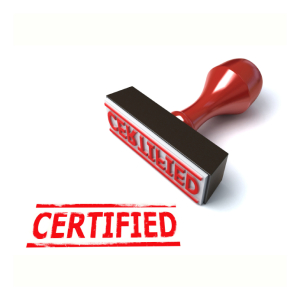 Social media has grown to become one of the most influential marketing channels available to businesses today. And unless you’ve been living in a cave for the last decade, then you’re likely to be one of the millions of people across the globe that use it.
Social media has grown to become one of the most influential marketing channels available to businesses today. And unless you’ve been living in a cave for the last decade, then you’re likely to be one of the millions of people across the globe that use it.
We Are Social, in its new ‘Digital, Social and Mobile 2015 Report’, puts the total number of active internet users at well over 3 billion, with 2 billion of those on social media. In the UK alone a whopping 59% of the population has an active social media account, with Facebook, Twitter and LinkedIn among the most popular sites.
With audience figures like that, and the way social media can be used to directly target, engage and build relationships with potential customers, it’s likely to form a core part of your marketing mix.
What is social selling?
Building a large following may at first appear to be the Holy Grail when it comes to all things social, but there’s no point having a million followers if no-one is buying. To get the most out of your social media activity, it’s not just about being seen. What you really want is to encourage action. On the other hand, shoving sales messages down follower’s throats will not encourage them to stick around, so how can you use the different platforms to turn connections into sales?
While you may already be using social media to get your company name, products and services out there, the buzz word of the moment is ‘social selling’, which is far more tactical. It is about generating revenue and putting strategies in place that are designed to make a sale. From a content point of view it needs to lead to the product, not come from the product.
To get started, begin by thinking through your sales process from start to finish and breaking down how social media could be used to best support each stage. Here are some ideas how:
Finding prospects
There are thousands of potential customers out there just waiting for you to find them. A huge benefit of social sites is that they have opened up a multitude of ways for you to not only find them, but scope them out and connect with them. Plus, as social media operates in real-time you’re not playing catch up, you’re right there at the right time and can make good use of any information you uncover.
Swotting up
Social media has made it far easier to research and pull together information that can help strengthen a sales pitch and that you can use to tailor an approach. Think about who your target customer is and make sure you are listening to them – what are they discussing online? Where are they going? What can you learn from their posts and updates that may help you with your sales process? There are likely to be keywords and events that may signal someone as a potential prospect with a ‘need’ right now. Knowing your product, think what these might be and put steps in place to make sure you’re alerted to them. Tools like TweetDeck can help you monitor keywords for example.
Introductions
Recommendation remains one of, if not the strongest way, to generate new business. Thanks to social media, recommendations are now a very public affair and introductions between companies are easily done. If you can encourage existing customers to back you online then you’ll benefit from the very strong and positive message that sends out.
Credibility
Generating and sharing interesting, insightful content is a key part of social selling. As well as posting quality information from the company that customers will want to read, do a review of all personal pages too. Do the sales teams’ profiles match up – in their messaging, their style, the quality of content and their imagery? Are they all presenting a strong, unified image of the company and what it stands for? All these issues can affect your credibility. As can joining groups and taking part in industry discussions on sites such as LinkedIn. You’re showing your expertise, positioning yourself as an expert and giving a good impression.
Your competition
Plus don’t forget, social media can also help you keep an eye on the competition, enabling you to react quickly when you need to. Follow competitors and their employees to keep tabs on what they’re talking about. You’ll be surprised what you can pick up on.
Now you know how to use Social Selling, learn how to measure your return on investment with our guide.
Digital & Social Articles on Business 2 Community
(89)
Report Post






